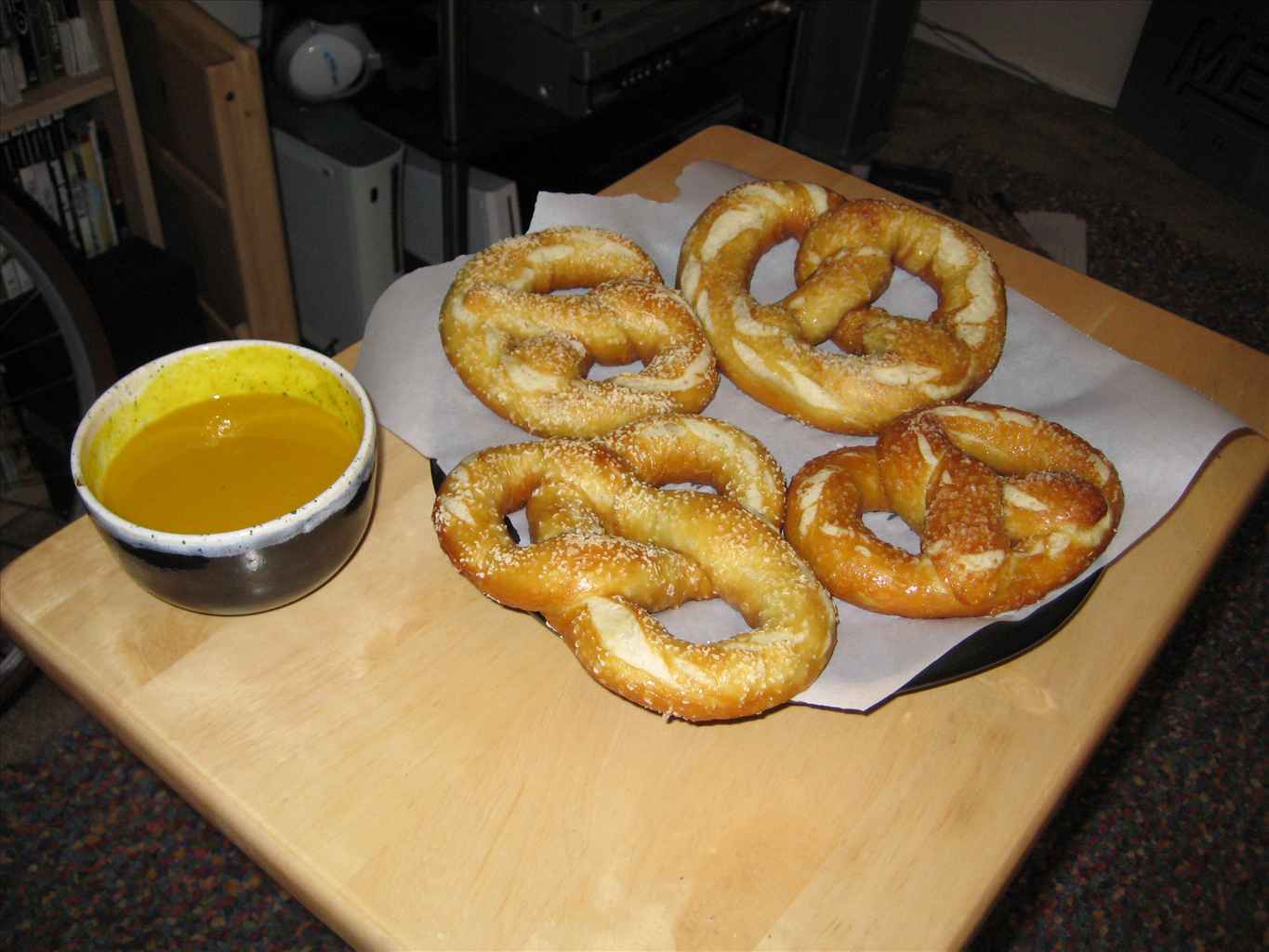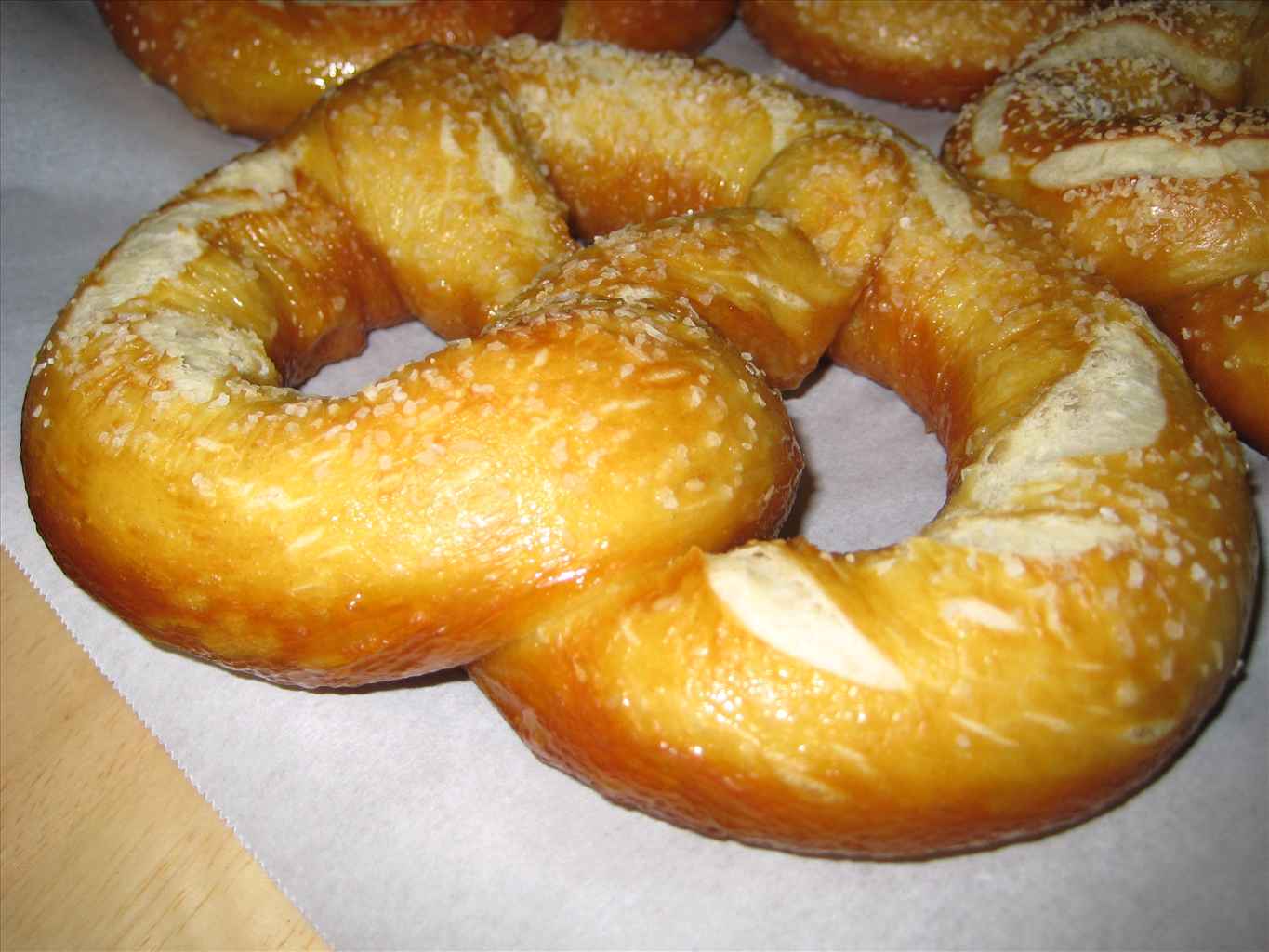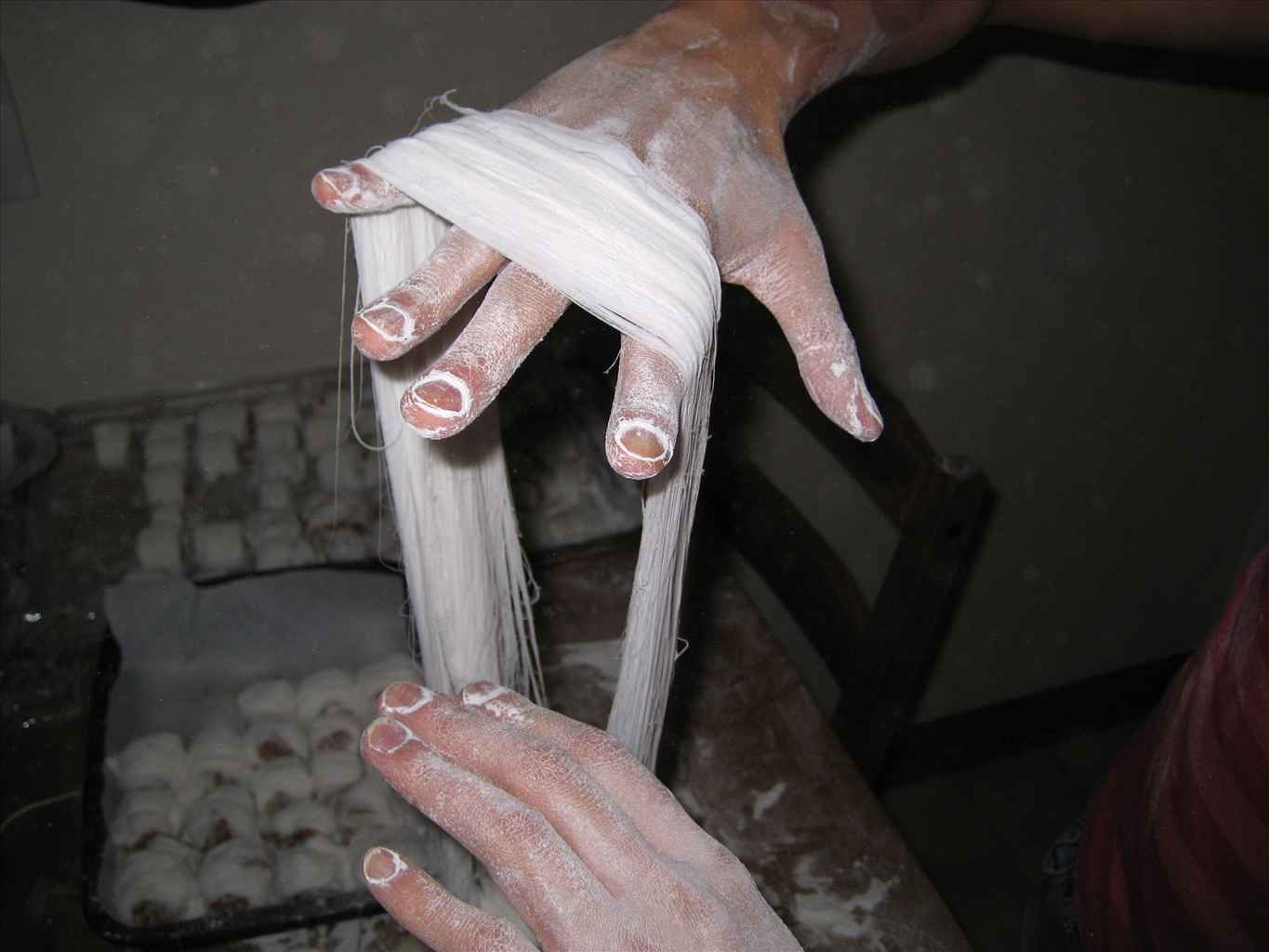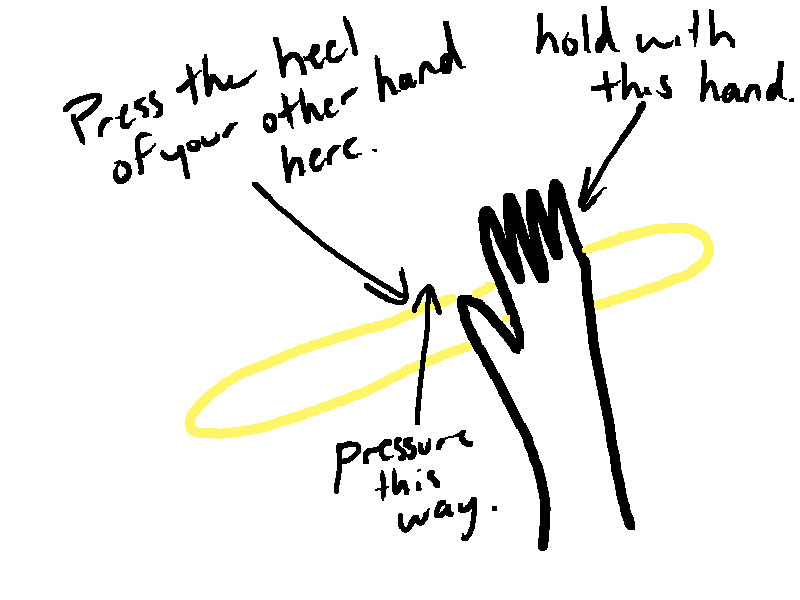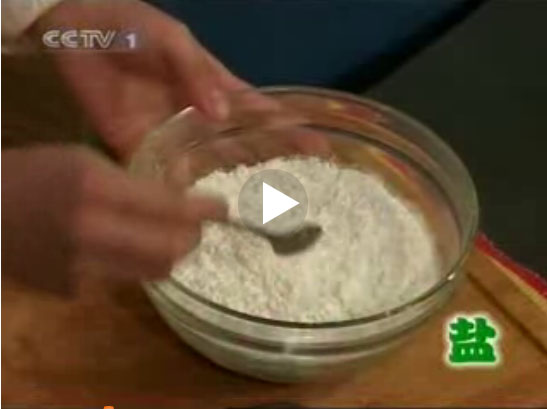I finally did it. I bought a Kitchen Aid Pro 600 stand mixer. I got it for a sweet $320 from Bed Bath and Beyond (I finally found a use for the 20% off coupon they keep sending me).
I recently gave a noodle pulling demo at a nearby culinary school,
The Professional Culinary Institute in Campbell, CA. The folks there had used my dough recipe to get something pullable, but they wanted to see the pulling live. So I headed over on wednesday.
Now up to this point, I had been mixing my noodle dough by hand. I’m an old-fashioned guy, and doing it by hand has always suited me. But as anyone who has actually made the dough knows, it takes a lot of work to get it pullable.
So I showed up at the school, and they had already mixed the dough up using their mixer. I expected dough on the order of what I have at home. Instead I was surprised with the most stretchy noodle dough I’ve ever played with. Totally amazing. With this kind of thing, I can actually see myself pulling a giant wad of noodles instead of the current single/double serving of noodles you can make with my 300g recipe.
So I bought a mixer yesterday, made some dough, and here’s what you need to know:
1. I quadrupled my
noodle dough recipe. This made a lot of dough, but I’m not sure what you’d end up with running the 300g recipe in a 6 quart bowl. It just seem like too little.
2. I put all the dry ingredients in the bowl, turned the mixer on low, and slowly added the liquid ingredients.
3. While it was running, I added a little extra water.
4. I ran the mixer on about speed 4 for 10 minutes. Felt the dough, and then ran it for another 3 or 4 minutes. After that it was pullable.
5. I had to use some extra flour at the end to get the dough to a consistency that didn’t stick to my fingers.
The resultant dough was so nice that I was able to show my girlfriend how to make noodles, and she actually made some even ones. To be fair, she sees me pulling a lot, but it only took her and hour and a half of getting her hands in the dough to end up with something edible. Pretty good if you ask me.
Anyways, what I’m saying here is if you have a stand mixer, making hand pulled noodles will be a lot easier for you. If you don’t have a stand mixer, think about it, but try to do it by hand first if you’re going to buy one. That way you’ll really appreciate the time and work the darned thing saves you.
